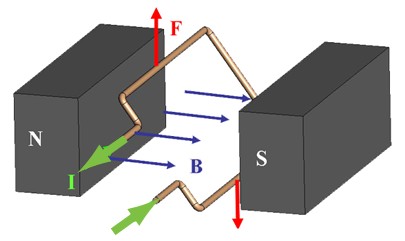Here is how it is done.
- In the ode source find drawstuff.cpp
- In that you will find the call to the method drawPyramidGrid();
- comment this out
- Next, run the following in the source folder
$ ./configure --enable-double-precision --enable-shared
$ make
$ make install
- To copy .h files and libraries to /usr/local/include and /usr/local/lib:
$ sudo make install
$ sudo cp -p drawstuff/src/.libs/libdrawstuff.a /usr/local/lib/
$ sudo cp -p drawstuff/src/libdrawstuff.la /usr/local/lib/
$ sudo cp -rp include/drawstuff /usr/local/include/
$ sudo cp -rp drawstuff/textures /usr/local/include/drawstuff/
That's it
Cheers!

 [reference:
[reference: